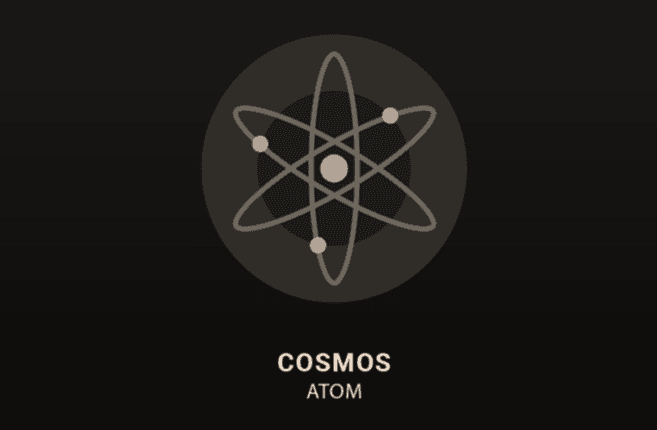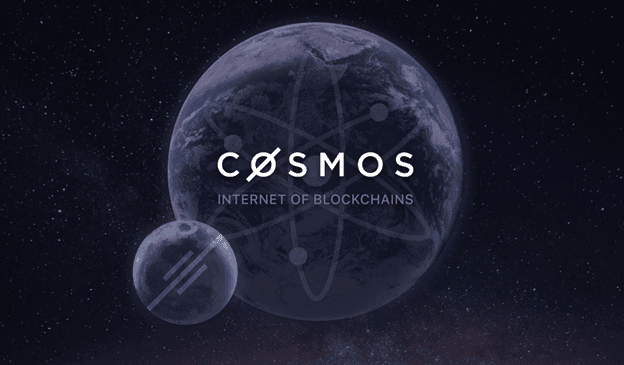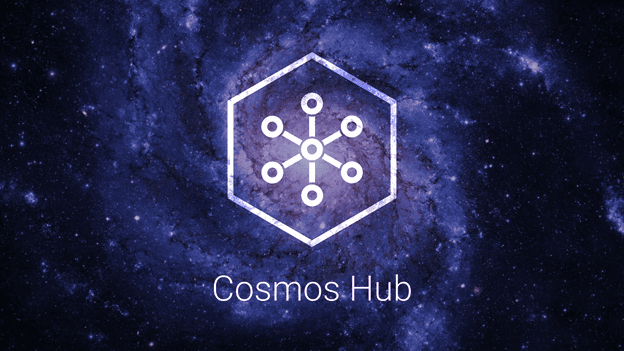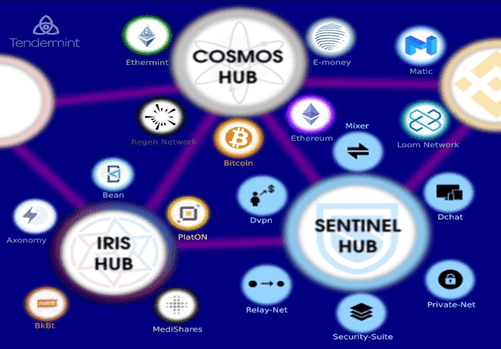
Until the inception of Cosmos and its token (ATOM) in 2019, blockchains have always existed independently and without any form of communication. However, Cosmos serves a greater purpose than just a bridge for interactions between blockchains.
“Cosmos” could be one of those out-of-the-box thinkers. So far, so good; it seems to have recorded some progress. With the Inter-Blockchain Communication Protocol launch on Its Blockchain, Cosmos has progressively achieved its ambition–“Internet Of Blockchains.”
To realize this great dream, it took nothing less than five years of thorough development and research. And finally, the target (IBC) was hit and launched on the 29 of March 2021. Since then, various networks can now exchange data and tokens on the Cosmo seamlessly.

A Brief History Of Cosmos
Cosmos’s history can be traced back to 2014 when Tendermint was introduced to the industry by Jae Kwon, a famous blockchain developer.
Jae Kwon didn’t do this alone as he collaborated with Zarko Milosevic and Ethan Buchman, who are experienced, crypto developers.
Through an ICO, Cosmos was successfully secured in April 2017.
For quick-checks and test runs, the network began to release Game Of Stakes in December 2018. Not too far from this time, the official Cosmos main net was launched.
Key Takeaways
• The Cosmos blockchain has its digital currency, ATOM. With this, transactions can be paid at any time.
• It enables seamless interactions between different blockchains on the network. It is the first of its kind.
• Not only does it link blockchains together, but it also serves as an entire site for products.
• It is called the “Internet Of Blockchains” because it is a network of blockchains put together.
• Provided that links are completed, its token can be securely transferred at an incredible speed from one zone to another seamlessly.
SEE ALSO: Best 10 ERC20 Tokens On the Market
SEE ALSO: All You Need to Know About ETHPad Tokens
What Is Cosmos (Atom) Token?
The Cosmos blockchain network has its digital currency called ATOM, which can be used to pay for transactions and decrease the risk of spam on the network.
The purpose is to enable different blockchains to interact seamlessly with each other.
Cosmos has served more purpose than just being a link that connects other blockchains. It also features a full suite of products.
What’s Special About Cosmos?
• Cosmos offers some features that ca]nnot be found on other platforms. These features include:
• Cosmos is a Blockchain Network called the “Internet Of Blockchains.”
• Cosmos prides itself as one of the most scalable, customizable, robust, and interoperable ecosystems of connected blockchains.
• It is decentralized and powered by Tendermint and Fault-tolerant Byzantine algorithms. Even if the environment is experiencing some malicious nodes, this feature makes your Blockchain safe.
• Cosmos happens to be the first blockchain to be launched on the Cosmos network. That will serve as a link to other blockchains referred to as zones in the network.
• Tokens can be transferred securely at an incredible speed from one zone to another seamlessly. Provided the links are completed.
How Does Cosmos (ATOM) Work?

Cosmos (ATOM) uses different open-source tools to foster interoperability between the blockchains in its network.
The state of every blockchain in its network is self-governed for the successful accomplishments of tasks. Each Network in the cosmos ecosystem is referred to as a ZONE.
Benefits of Cosmos (ATOM)
Cosmos introduces some perks to the market, its unique platform is fully customizable.
1. You are free to create and also issue new blockchain applications quickly.
2. More so, there is no central body controlling or facilitating the activity. By this, all inter-blockchain transactions are streamlined, and this offers developers the chance to share data and tokens through programs.
3. Complex blockchains that could take weeks to create using the 2cd-generation blockchains can now be created in lesser time by developers within the Cosmos ecosystem.
SEE ALSO: What Are Composable Tokens ERC998 Used For?
SEE ALSO: Is Dogecoin An ERC20 Token? – All You Need To Know
What Problems Does Cosmos (ATOM) Solve?
With the birth of Cosmo, developers now pay closer attention and put more energy into improving services rather than competing in the market.

Zones
Zones enjoy the full functionality of their network. Importantly, these blockchains are independent networks that can execute any transactions they require to complete their tasks.
New tokens can be issued as well as disbursed on the blockchain’s network. New accounts could also be approved, and transactions too. Votes can be done, and protocol upgrades can be executed without affecting or interfering with their Cosmos connectivity.
Cosmos Hub
The Cosmos hub can be described as the meeting place of all blockchains. It serves as an intermediary between all the zones. Every zone in the network binds to and receives services from the hub. The hub, in turn, keeps a continual record of the newest state of the zone.
Hence, a zone becomes interoperable with every other zone present in the network when connected to the Cosmos hub.
Frequently Asked Questions
1. Will Cosmos rise in 2021?
Due to the mass adoption of this digital currency, Cosmos could rise significantly.
2. What is The Importance of Cosmos crypto?
Cosmos allows blockchains to transfer value with each other through IBC and Peg-Zones, without altering their sovereignty.
3. Is Cosmos a Cryptocurrency?
Cosmos (ATOM) is a cryptocurrency that powers an ecosystem of blockchains designed to scale and interoperate with each other.
The Cosmos has, without doubt, made a tremendous impact on the digital world. The Cosmos has indeed broken through with the advent of a remarkably unique interface, coupled with speed and interactions between different blockchains.
Even though the Cosmos hub houses different connections of blockchains, it still maintains its speed and value without altering or trading anyone’s sovereignty for another.
Read More




